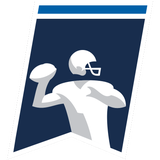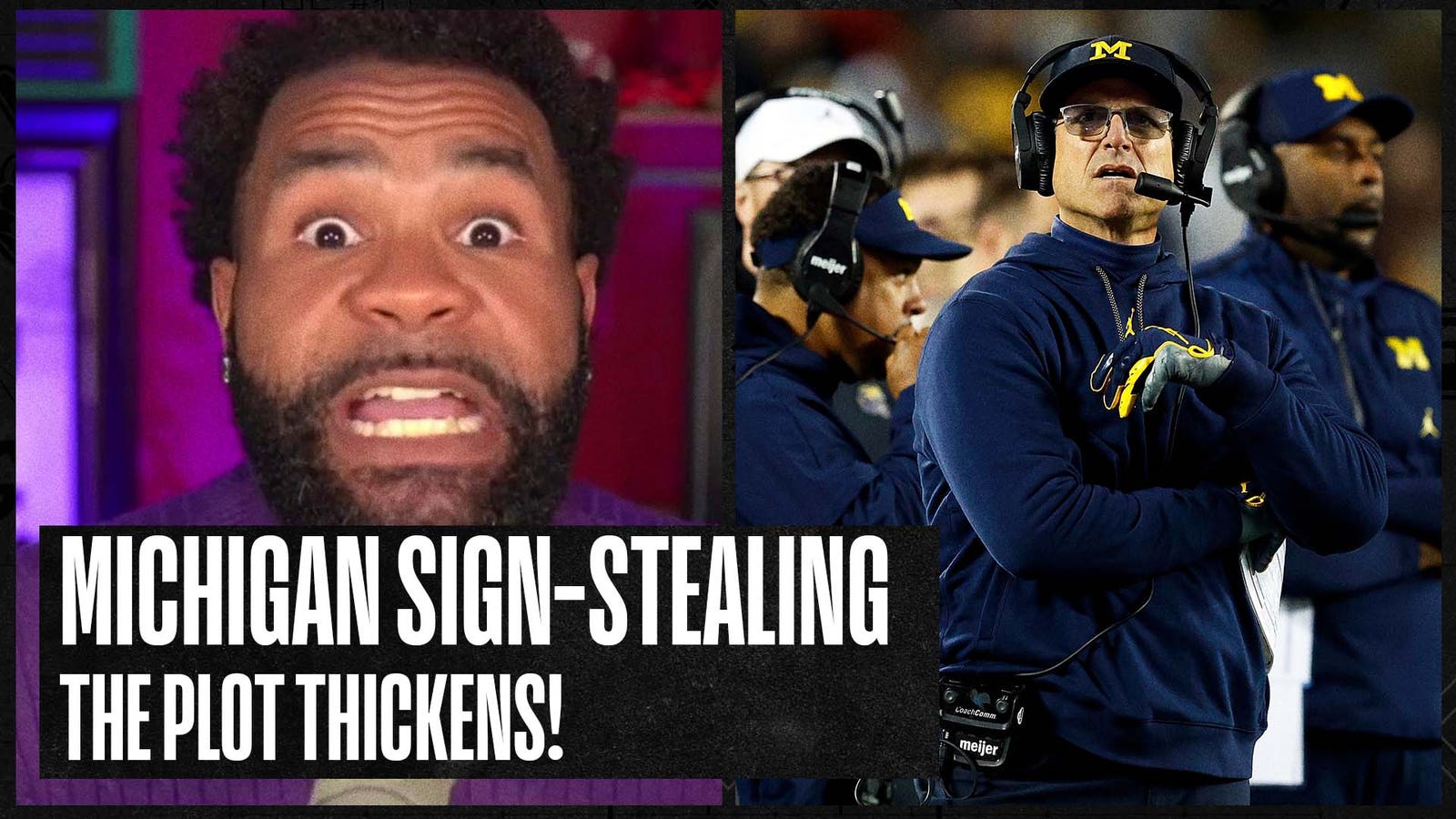
Why is sign-stealing an issue in college football? Don't blame the technology
Why are coaches still sending in signals using their hands and giant posters of pop culture figures?
Why are coaches still using telephones to talk with players from the booth rather than showing them the play on a tablet while talking to them via headset?
Why can opposing teams still steal each other's signals?
These are all questions that have risen to the top of the rules conversation governing the sport over the past three weeks.
While the NFL has used technology that allows for headset-to-helmet audio communication since 1994 and has had tablets on the sidelines since 2014, the NCAA has been slow to adapt to the 21st century. Left without it, coaches use signals to relay play calls to players on the field when running faster-paced offenses. At a slower pace, they even huddle and have players call plays off a wristband.
While coaches in college football — even those on the Power 5 level — are stuck with laminated sheets of paper and conspicuous images held above their heads as they call the next play, they are left to wonder why some of the high school players they recruit already have experience using headset-to-helmet communication, as well as tablet devices on the sideline.
There's no getting around the idea that using signals to relay play calls has become fraught in recent years. Even as many play-callers use hand signals to call plays on the field and remain competitive, others have seen their signals stolen through the practice of in-person scouting and electronic assistance.
Notably, Michigan is embroiled in an NCAA investigation for alleged sign-stealing that might have gone on for the last three years. It involved former Michigan staffer Connor Stalions reportedly buying tickets to games of both Big Ten opponents and potential College Football Playoff foes.
Why the Michigan investigation could lead the integration of helmet communications throughout college football
The investigation into Michigan's alleged sign-stealing has made CoachComm owner Peter Amos a popular man, though he is already well-known among football coaches and administrators across the country.
"I'm looking at my business card on my desk right here, and it has no title," Amos told FOX Sports.
Such is CoachComm's three-decades-old reputation for service and development of technology in the industry. Based in Auburn, Alabama, some variation of the company's products are used by 97% of FBS programs and more than a thousand high schools. They even outfit baseball and softball programs.
"We've been here 32 years now," Amos said. "And we made it our mission to uniquely build products for coaches, or people before that, who were taking airplane headsets and making them work for coaches on the field."
Most FBS and FCS programs use CoachComm's X-System, also known as, "Coach X," headsets for their games, and nearly all are interested in a technology the company has created called X-System Player or "Player X," which would allow coach-to-player communication.
"I would describe it simply as the systems that have been so successful for coaches," he said. "That when you drop the player element in, it adds zero additional frequencies that are beyond what we're already using."
There's proof of that, too. In 2021, CoachComm outfitted Grambling State and Southern with "Player X" for the Bayou Classic.
Not only did the communication in that game go off without a hitch for either team, but Amos and CoachComm got to see just how coaches use "Player X" to their benefit.
"What we saw when we did that Bayou Classic back in 2021 was a play call and then some reminders," he said. "A play call and a little bit of coaching."
The USFL adds evidence to Amos' observation, too, as coaches in that league used CoachComm's tech to not just call plays but to emphasize aspects of the play to players wearing the headsets on both offense and defense.
Other FBS programs have used CoachComm in practice, too, Amos told me.
So why don't we see more use of it in games? Cost, and the potential competitive disadvantages that could cause, are reasons that have been given. Though there competitive disadvantages brought about by sign-stealing make that notion slightly humorous.
Some teams will have the opportunity to experiment with Player X, as well as with tablets and even wearables for the first time during the upcoming bowl season — excluding the College Football Playoff — according to CBS Sports, there's also no small cost associated with acquiring the technology. The cheapest headset package on CoachComm's website, "Cobalt," is $599 per coach.
The technological rule change would have to make its way through the NCAA's processes, though it wouldn't take long to implement.
"We would need probably a couple of weeks to deliver any quantity, even to a conference," Amos told me. "So a couple-of-weeks kind of thing. But the good news about what we built is just a miniaturized coach's belt pack that you put in a helmet. So that means the people and coaches who are operating it know how it works, know how this works. It's not new. It's just smaller. And so it really is going to flow into their workflow very quickly."
RJ Young is a national college football writer and analyst for FOX Sports and the host of the podcast "The Number One College Football Show." Follow him on Twitter at @RJ_Young and subscribe to "The RJ Young Show" on YouTube.








